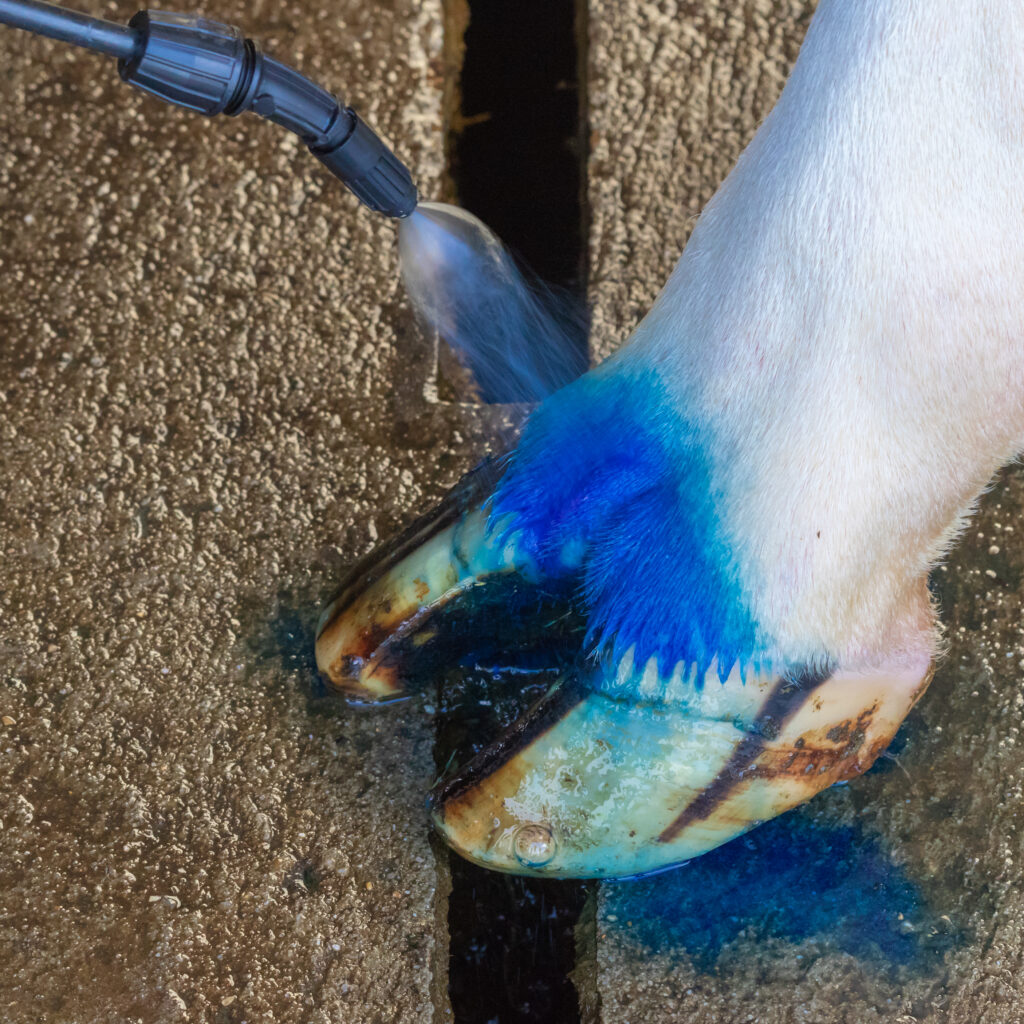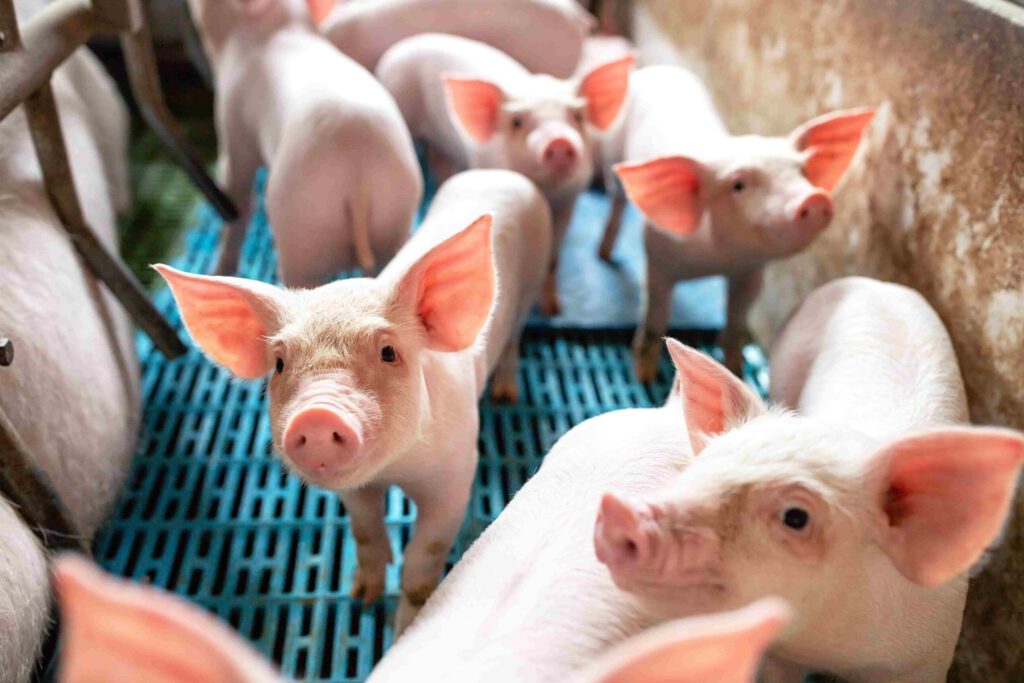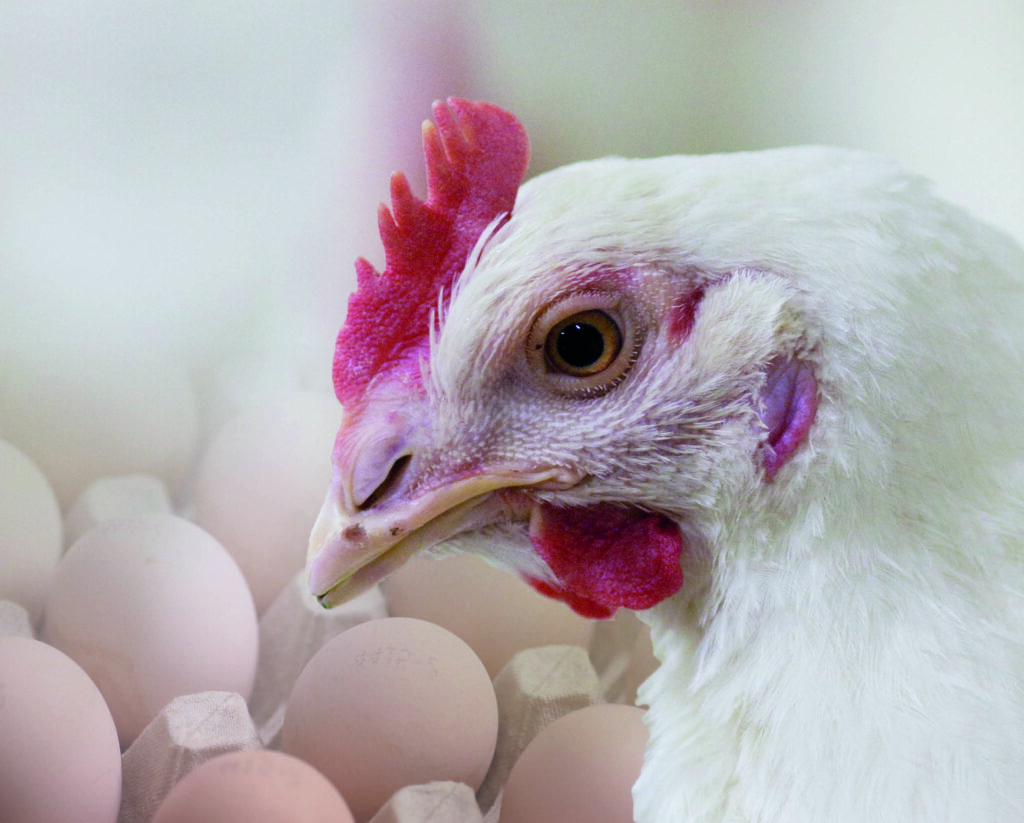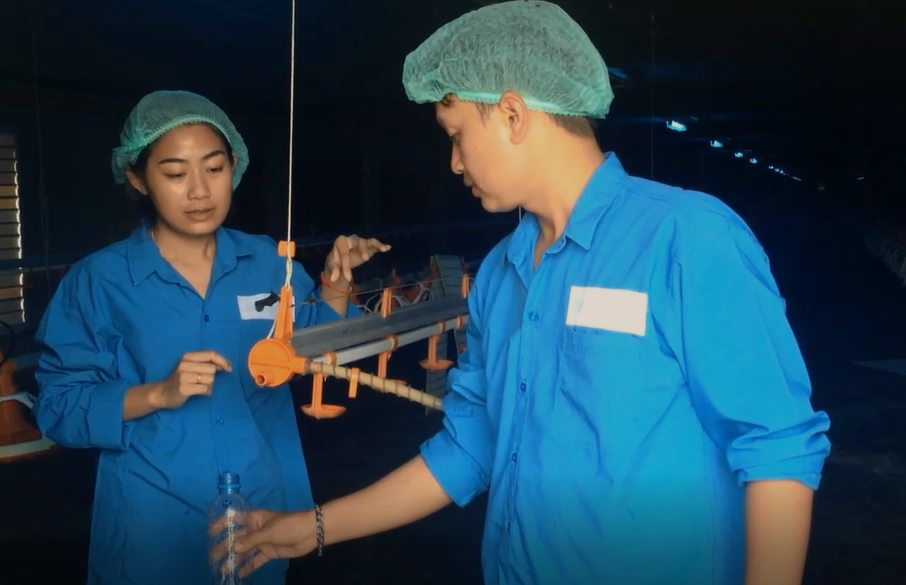Kanters Special Products produces liquid complementary and dietetic feeds for pigs, poultry and cattle, mostly applied via the animals’ drinking water. European legislation for these types of feed is slightly different than for complete rations. We feel some of this is still unclear for the general public, as we often receive questions from our clients whether it is allowed to administer our products via drinking water.
Because how much copper, zinc or vitamin A is an animal legally allowed to consume? Does the total ration leave room for extra nutrients? And is it allowed to administer those extra nutrients via the drinking water? To clarify these issues, we will give you a tour through the European legislation concerning animal feed.
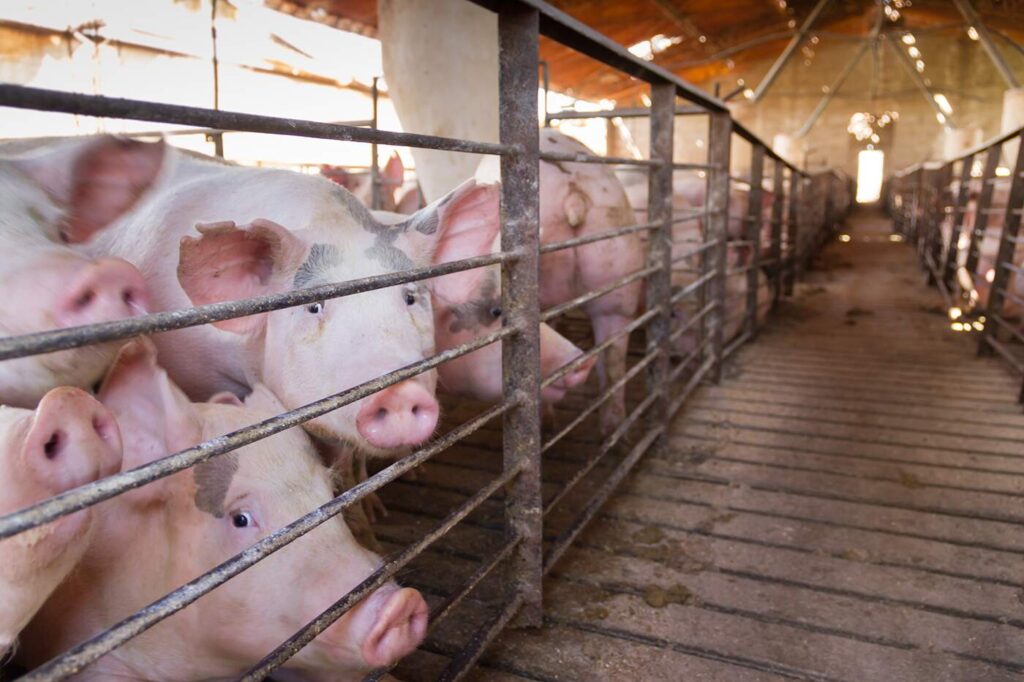
COMPLEMENTARY VS. COMPLETE FEED
It all starts with the difference between complete feed and complementary feed, as described in European Directive EC 767/2009.
A complete feed is “sufficient for a daily ration”. Animals can fully rely on these feeds without suffering deficiencies or overdoses. Complementary feeds, on the other hand, contain high amounts of certain substances, but are only sufficient for a daily ration in combination with other feeds.
Both complementary and complete feeds contain two or more feed materials, and besides that can contain feed additives. Feed additives, such as acids, vitamins and trace elements, can be added to a feed to e.g. satisfy the nutritional needs of animals, or favourably affect the characteristics of the feed (EC 1831/2003). Most feed additives are not allowed to be administered directly via drinking water. However, this is allowed when the additives are first incorporated in a complementary or complete feed, as long as those feeds comply with the applicable European laws.
EC 767/2009 (Article 8, Paragraph 1) explains this as following: complementary feeds shall not contain levels of feed additives that are more than 100 times higher than the fixed maximum amount in complete feed. This means that complementary feeds are allowed to contain up to 100 times the complete feed maximum of a certain ingredient. Keep in mind that this 100 times higher amount is only applicable to the pure (concentrated) product. The label of such a product should contain the correct dilution, to ensure that, in the end, the fed solution still does not contain more of a certain feed additive than the fixed maximum amount allowed in complete feed (EC 1831/2003, Annex IV, Paragraph 3).
DIETETIC FEED
An exception to the “100-times-rule” are dietetic feeds, which are intended for particular nutritional purposes, as described in EU 2020/354. Those products are allowed to contain more than 100 times the complete feed maximum for feed additives, as long as the final diluted dosage again does not exceed this complete feed maximum. Until recently, it was not indicated by how much dietetic feeds were allowed to exceed the 100-times-rule (EC 2008/38). However, since late 2020 the renewed version of this regulation was taken into effect, including a maximum for feed additives in dietetic feeds (EU 2020/354, Appendix A, Paragraph 11). The maximum amount of feed additives in dietetic feeds has now been set at 500 times the maximum amount for complete feed. To smoothen the transition to the new dietetic feed regulation, feed producing companies are allowed to finish their existing stock with amounts exceeding the “500-times-rule” until 22 March 2022. For Kanters, the dietetic feed regulation is applicable to our “Intesti” products. This means that before 22 March 2022 (and probably sooner) we will launch renewed recipes of those products.
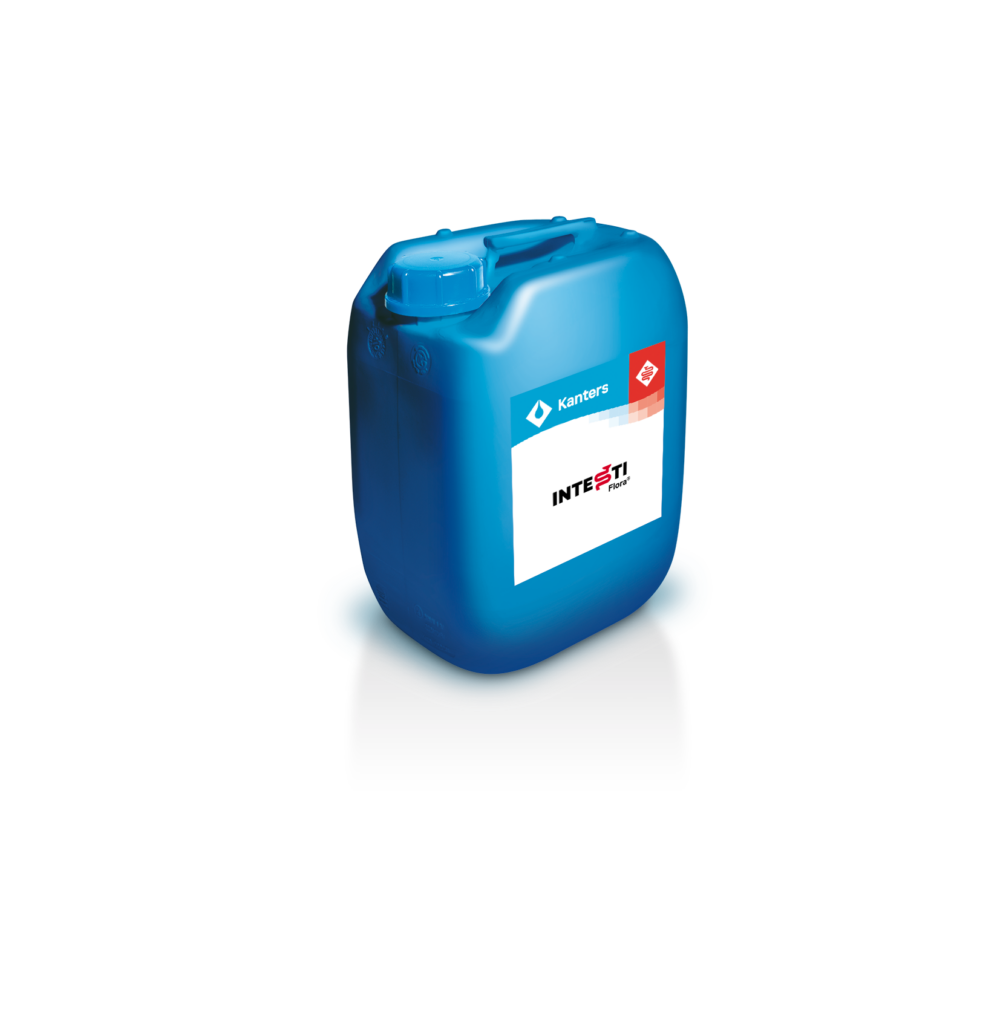

VITAMINS
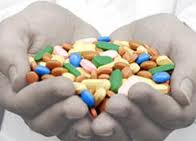
For the application of vitamins we stay with the topic of feed additives. The European Union has limited the use of vitamins A and D for animal feed, because these two can quite easily lead to problems whendosed in the wrong way. According to EU 2015/724 (Consideration 6), administration of vitamin A directly via drinking water should not be allowed at all. However, that same Consideration is concluded with the statement that this prohibition does not apply to feed additives included in (complete or complementary) feeds that are subsequently administered via drinking water. Kanters produces complementary feeds, including feed additives (e.g. vitamin A), that are administered via drinking water. So, the Kanters method is completely within the European legal framework concerning animal feed. For vitamins as well as other feed additives, the 100-times-rule and 500-times-rule for maximum amounts always need to be kept in mind.
HOW DOES KANTERS DEAL WITH THIS?
In case of nutrients with a fixed maximum amount, the total ration needs to stay under the maximum for any specific nutrient.
A total ration is often built out of several elements, such as grains, silage, (wet) by-products, pellets, and drinking water. When composing the total ration, the nutritionist makes sure that all nutritional needs of the animal are met and no fixed maximum amounts are exceeded. This calculation often leaves a little bit of room for additional products. Therefore, Kanters developed their own calculation tool, to determine the difference between the total ration and the fixed maximum amounts for specific nutrients, e.g. copper and zinc. This gap can then be filled with Kanters products meant for administration via drinking water. Have the maximum amounts for copper and zinc already been reached? Then we can choose another product without those minerals from our portfolio. In that way, Kanters can always provide you with an advice unique to your situation, and take into account all the fixed maximum amounts. Would you like to receive more information about this topic, or are you in any doubt about the correct dosage of your products? Please do not hesitate to contact us!
Example of calculation
- The fixed maximum amount for copper in the total ration of poultry is 25 mg/kg (EC 1334/2003).
- Because Kanters produces complementary feeds, we are allowed to include a maximum amount of copper in our feeds of 100 x 25 = 2,500 mg/kg.
- On top of that, our product Intesti-Flora has an indication as dietetic feed. Thus, until March 2022, we are allowed to include copper amounts higher than 2,500 mg/kg in Intesti-Flora, without a clearly set maximum. ***Note: from March 2022 onwards the maximum amount of copper in these dietetic feeds will be limited to 500 x 25 = 12,500 mg/kg***
- Intesti-Flora now contains 54 grams of copper per kilogram of product, which is equal to 54,000 mg/kg. To simplify this calculation, we will assume that 1 L of product weighs 1 kg. In reality, there is a slight difference between those parameters.
- At a dilution of 2160x (equal to 462 mL product per 1000 L drinking water), we return to the fixed maximum amount for complete feed (25 mg/kg).
- The label of Intesti-Flora, however, indicates a standard dosage of 25-100 mL product per 1000 L drinking water. In specific cases the dosage can be increased to max. 400 mL product per 1000 L drinking water. This means that Kanters always stays well below the fixed maximum amount for copper in complete feed.
- The used dosage will always be adapted to the amount of room the total ration leaves for extra copper (and other limited nutrients in Intesti-Flora).

